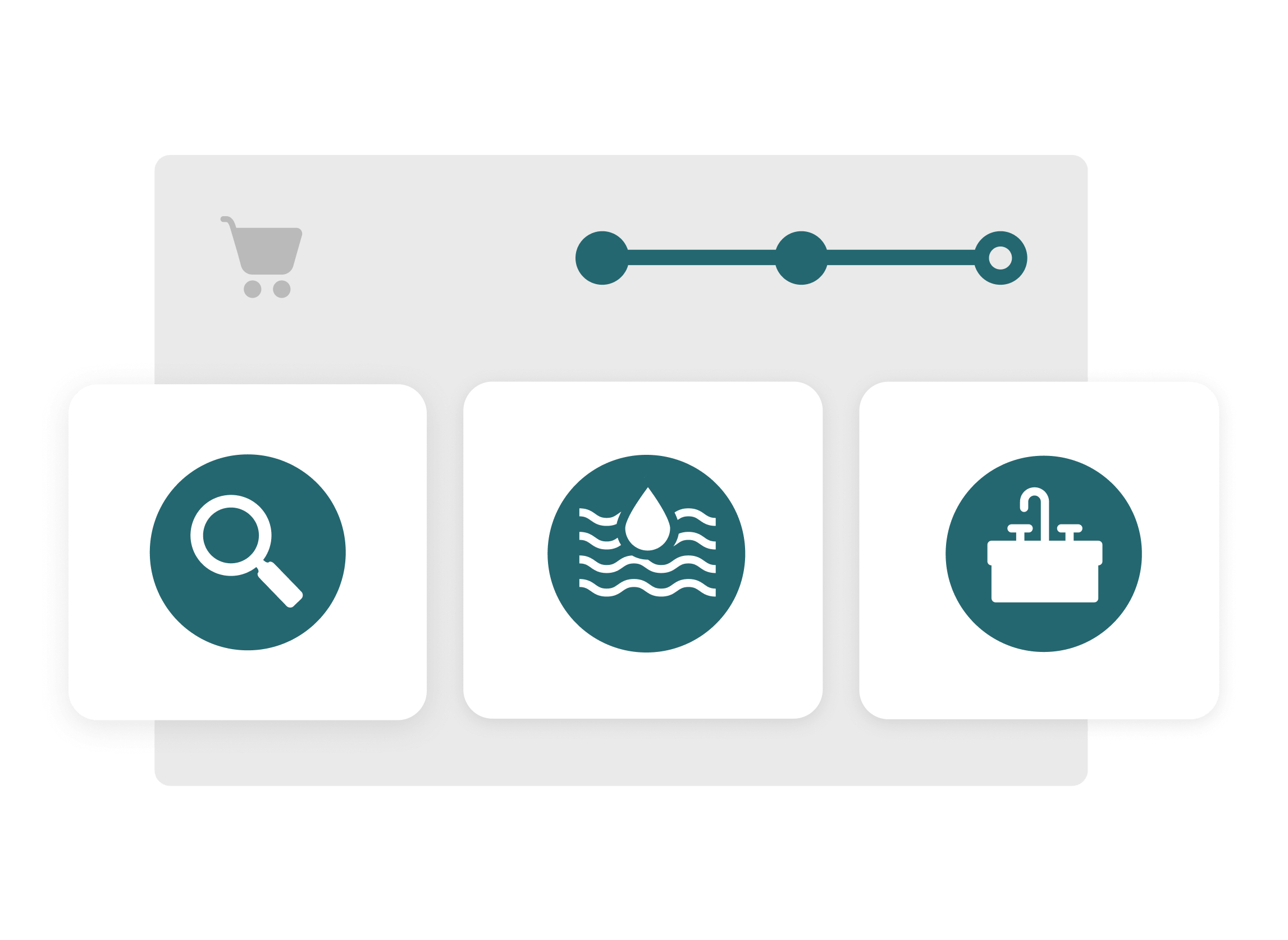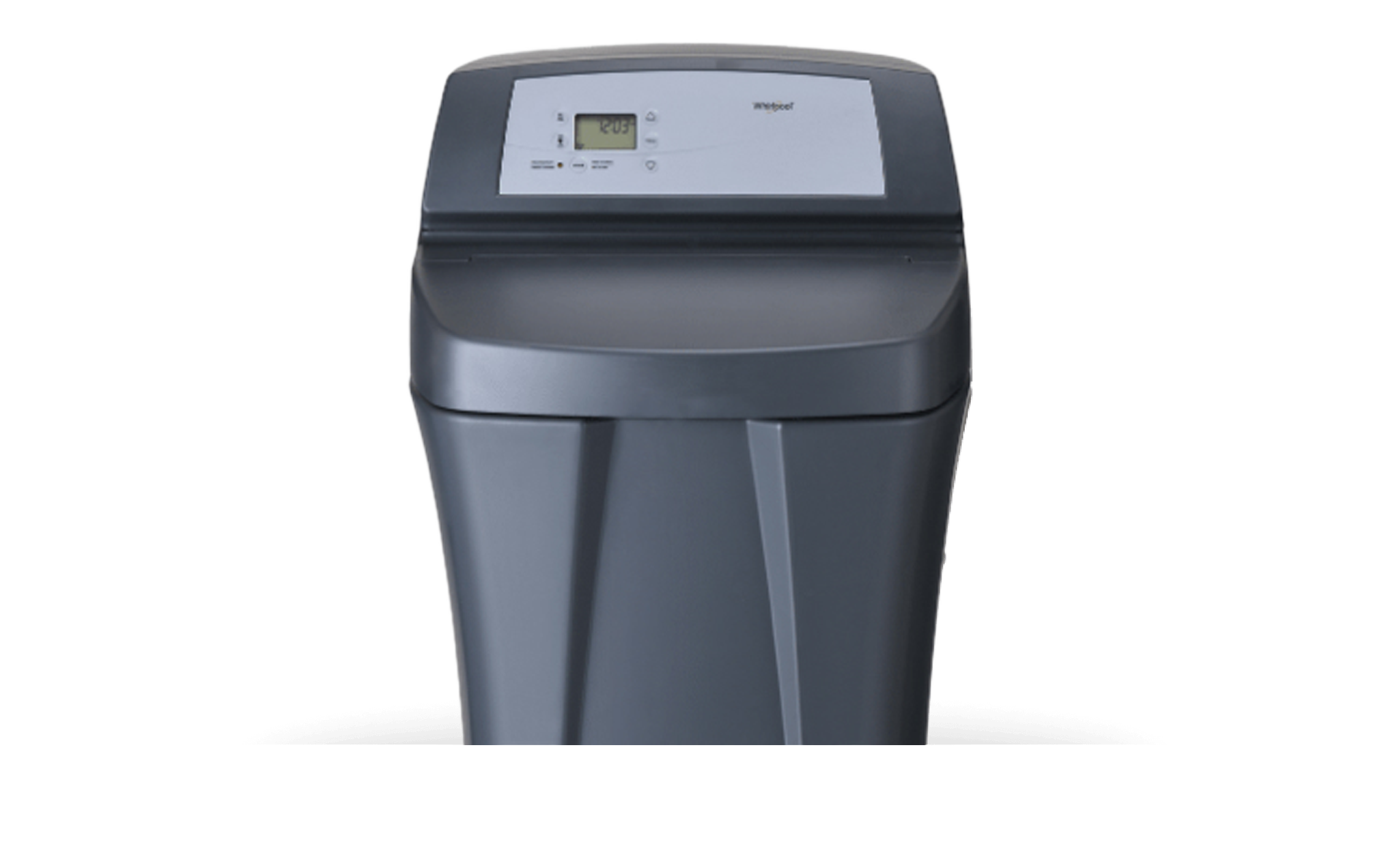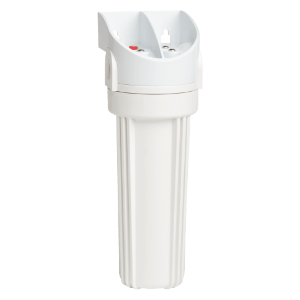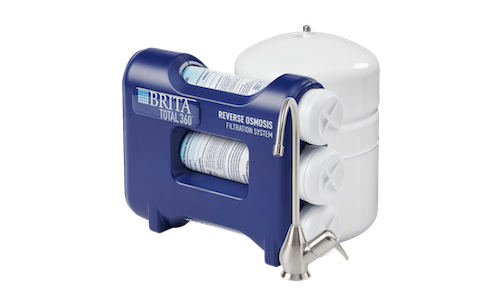The New Homeowner’s Guide to Home Water Systems

New to being a homeowner and noticing water-related issues? Maybe scale has been building up on your faucets (one of the signs of hard water) or your water tastes or smells strange, leaving you to ask “what water filtration system do I need?” to correct the problem. Knowing how to identify water-related issues in your home and being able to address those problems will go a long way in providing you with home water you can feel confident about.
Understand Your Area’s Water (and its Effects on Your Home)
Knowing your area’s water quality is key to understanding what your new home may need for water treatment systems. Are you pulling water from a well or are you receiving it from your municipality? Whether you have municipal or well water, your water may have unique contaminants that you will want to reduce.
Common water contaminants homeowners with municipal water typically experience include chlorine, lead and nitrate. For example, if your water smells like a swimming pool, that means your municipal supply is likely disinfected with chlorine, which is common. Your municipality is required by the Environmental Protection Agency (EPA) to publish an annual Consumer Confidence Report that’s often referred to as a drinking water quality report. This report can be used to understand what’s in your drinking water and how the municipality is treating the water before it gets to your home. You can also have your home’s water tested by a certified laboratory to learn what’s in your water specifically.
Unlike municipal water, homeowners on well water need to monitor and treat their home’s water themselves. Knowing what types of naturally occurring and human activities are taking place near your home will help raise awareness of potential contaminants that could impact your water. Common well water contaminants include sediment, iron, bacteria and nitrate.
Homeowners should test their wells for a variety of contaminants on an annual basis (or more frequently if you notice a change in water quality). Testing should be done by a laboratory that’s certified in your state or territory. If test results indicate you have contaminants that exceed your state’s health standards, then treatment is recommended. Some water quality issues can be resolved easily with disinfection, though a water treatment system may also be required.
In addition to municipal and well water contaminants, hard water may be another problem your new home faces. An estimated 85 percent of North American homes are impacted by hard water. Some regions of the country experience higher levels of hard water than others, but many homes are subjected to moderate to extreme levels. While hard water is considered an aesthetic contaminant, over time hard water minerals, calcium and magnesium, form a buildup that can negatively affect many areas of your home.
Common signs of hard water
Knowing there’s a good chance your home is impacted by hard water, signs that offer proof include:
- White, crusty buildup on faucets and showerheads
- Weakened water pressure
- Water-using appliances break down prematurely
- Spotty glasses and dishware
- Soap doesn’t lather when washing hands or showering
- Dry skin, hair and scalp
Get a water treatment system that fits your home needs.
Use the Interactive Shopping Guide to identify a home water system that will address your water woes.
Interactive Shopping Guide

Homeowner’s Quick Guide to Water Softeners
Once you have determined any water issues affecting your home, you can research how to treat them. If you want to reduce the amount of hard water in your home, adding a water softener is the solution you are looking for.
A water softener installs on your main water line to provide soft water for your entire home. Soft water is simply water with low levels (less than 3 grains per gallon) of hardness minerals, so you’ll experience soft skin and hair, better-performing and longer-lasting appliances, sparkling dishware, and less crusty buildup—all from having a water softener.
Water softeners are designed to last 8 to 12+ years—even in areas that are impacted by the hardest water minerals—so they offer a lot of durability and are affordable when considering how long they will be in service. Water softeners are also easy to maintain. Add salt into the softener’s brine tank as needed, and use water softener cleaner every 4 months to help keep the system running at its best.
Consider this guide when deciding what size water softener to purchase. The number of people in your home, the amount of water regularly used and the water hardness level should all be factored into your purchase decision. And if you want to know more about water softeners, referencing this glossary will help you easily navigate the (sometimes) confusing web of softener terminology so you can make decisions like a pro.
Ready for a water softener?
Reduce hard water in your home and experience all the benefits of soft water.
Shop Water Softeners
Homeowner’s Quick Guide to Water Filtration Systems
There are two main categories for water filtration options: whole home and under sink systems. Whole home or point-of-entry systems install on your main water line and filter the water for your entire home. Under sink systems—sometimes called point-of-entry or drinking water systems— are installed right at the kitchen or bathroom sink and are popular for drinking water and cooking.
Whole home filtration
Whole home filtration is a suitable choice for those who want to reduce common water contaminants throughout the home. This is often a popular option for homeowners on well water who want to correct issues due to sediment and iron in the water. For homeowners on municipal water, whole home filtration systems can be paired with carbon filters to treat taste and odor issues caused by chlorine.
Most whole home systems are simply an open sump that you pair with a filter designed to target specific contaminants. These filters come in a variety of media types and capacities, so you can try out different options to find the filtering solution that meets your home water needs.
If you also require a water softening system, a whole home filter will need to be installed between the incoming water source and the softener. If you’re limited on space, 2-in-1 softener and filtration systems are available. These hybrid systems are great for homes on municipal water that need to reduce both hard water minerals and chlorine and sediment. This is the solution for those who want to soften their water and improve the smell and taste of their drinking water.
Whole home filtration systems do require a little maintenance, as the filters will need to be replaced at recurring intervals to keep unwanted contaminants out of your water. Some whole home filtration systems have automatic cleaning cycles that keep the filter going for the life of the system (meaning no filter changes).
Consider this helpful guide when choosing a whole home filtration system.
Unlock the power of a whole home filtration system.
Reduce common contaminants, and enjoy cleaner, great-tasting water with a whole home filtration system.
Shop Whole Home Filtration Systems
Under sink filtration
Under sink filtration helps reduce harmful, often undetectable contaminants such as lead, nitrate and arsenic from your drinking water. Installed in kitchens or bathrooms, under sink filtration systems provide more than just cleaner, great-tasting drinking water for your family and pets; it’s also great for cooking, and making ice, coffee and tea.
To determine the right under sink system for you, it’s important to understand your water quality issues and then choose the system that is certified to solve your needs. Be sure to check the system for third-party certification, like NSF International, to confirm any contaminant reduction claims.
Reverse Osmosis (RO) is one of the most popular filtration methods for drinking water, as it is a proven solution for reducing unsafe levels of contaminants in drinking water. Because of this thorough technology, it’s also the same filtering method that many bottled water brands use.
Due to the thorough filters in under sink systems, the flow rate of the filtered water is decreased. Thus, many systems come with a dedicated faucet for the filtered water, leaving your main tap unaffected. This filtered water faucet can be placed into the soap dispenser hole in your countertop, or a new hole can be drilled.
Like whole home systems, maintenance for under sink systems is typically a few filter replacements each year to keep unwanted contaminants from your drinking water. Homes on well water may want some pre-filtering prior to an under sink system, such as a whole home sediment filter, to help protect the longevity of the under sink system and filters.
Trying to decide between under sink systems? Check out this article that compares two of our most popular options.
Reduce contaminants you can’t see, taste or smell with an under sink filtration system.
Treat your kitchen or bathroom water using a convenient system that easily installs under your sink.
Explore Under Sink Filtration Systems